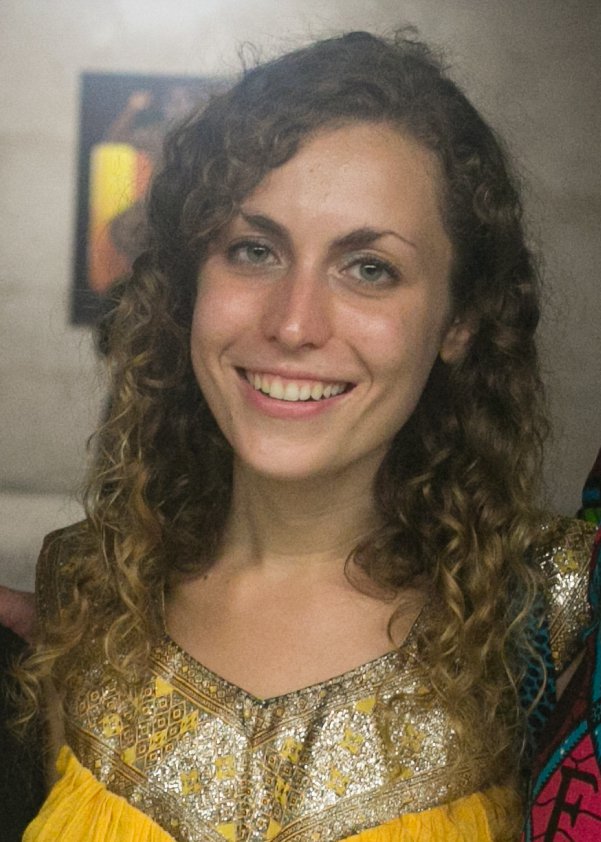Robin Riskin

“How life is sad! […] / I [am a snail], / and alas I will always be one!” (author’s translation)
Thus reads the comic by Copi on show at La Virreina, Barcelona – till the seated woman who acts as the recurring index responds by stomping the snail out of his misery.
The cartoon could be seen as an allegory on the fragility of eternality, as discussed by Carolyn Christov-Bakargiev in her keynote lecture at CIMAM’s 2016 Conference. She considered how the museum collection has been positioned as an archive for eternity, yet how notions of art over time have functioned as products of their temporality, determined by historical context – just as liable to “splat” as our snail. The constant shifting and rewriting of narratives has been probed by keynote speaker Mari Carmen Ramírez. Her exhibitions of Latin American modernism and avant-garde, and initiatives like the ICAA Documents Project, have worked to trengthe global canons of artistic production. For Ramírez, the archive should not be a “repository” but a “critical antidote”— perhaps a pharmakon in the Derridean sense: a medicine both poison and cure, which heals its host by penetrating and subsuming it in the process.
The idea of the pharmakon guided the curatorial approach for my collaborative M.F.A. thesis exhibition at KNUST, “if you love me…”, staged along railway lines in Kumasi, Ghana. Through a cohabitation of objects, organisms and forms, we attempted to produce the space as somehow apart from itself, within yet outside it—borrowing Christov-Bakargiev’s suggestion of the Klein bottle as a model for exhibition-making.
I continue to ask myself what is the role of art, and my practice within it. If the museum collection is eternal, what about that which has no collection, or no institution to do the collecting? I could relate to the “Central Asian Strategy” humorously proposed by Yulika Sorokina, outlining tactics for independent and communal practice from her position as a curator in Kazakhstan. At a parallel spacetime in Kumasi, we operate from a void packed with potential; a counterpoint that can reorient (or refuse) the center, depending on the position from which you look.